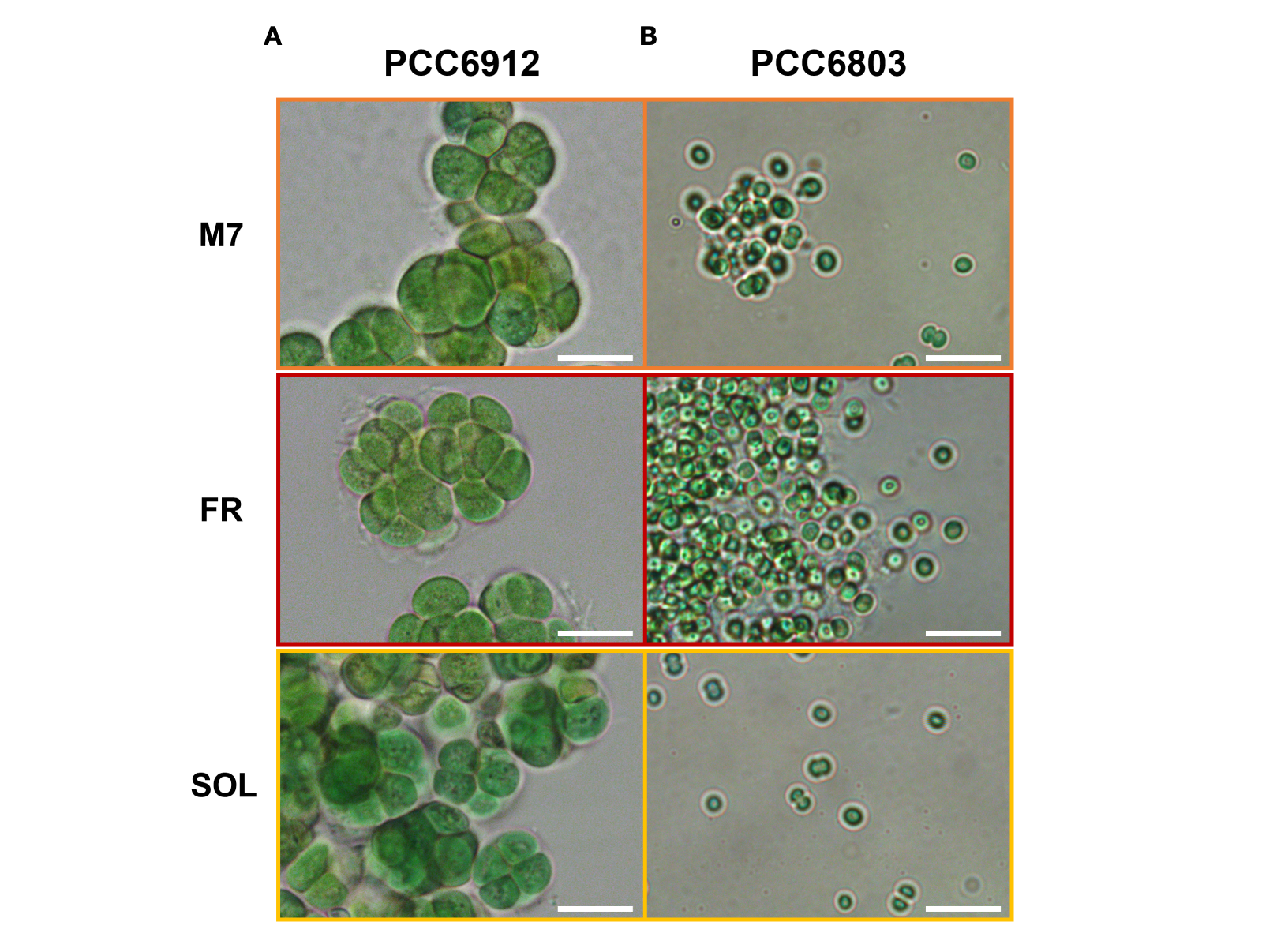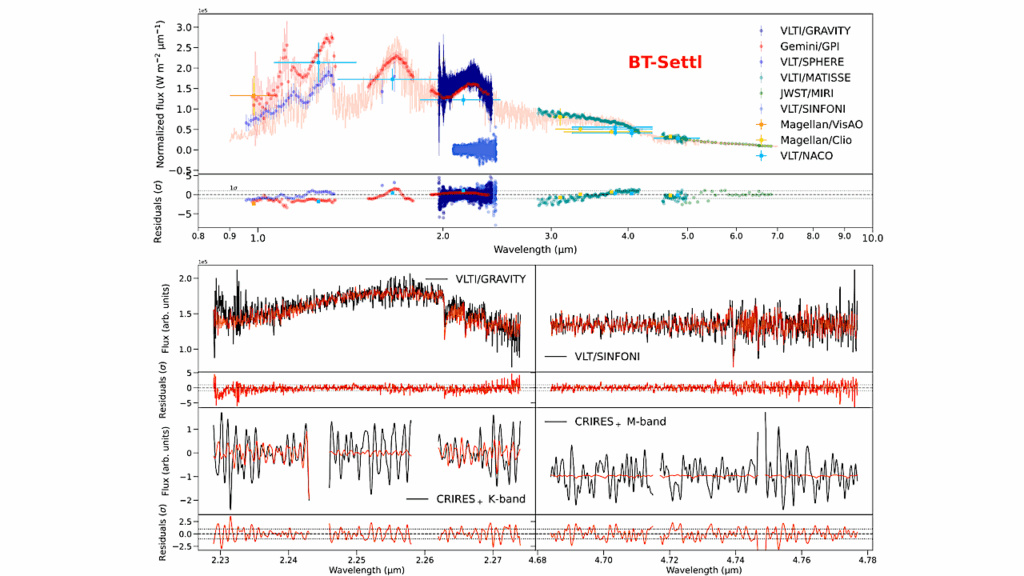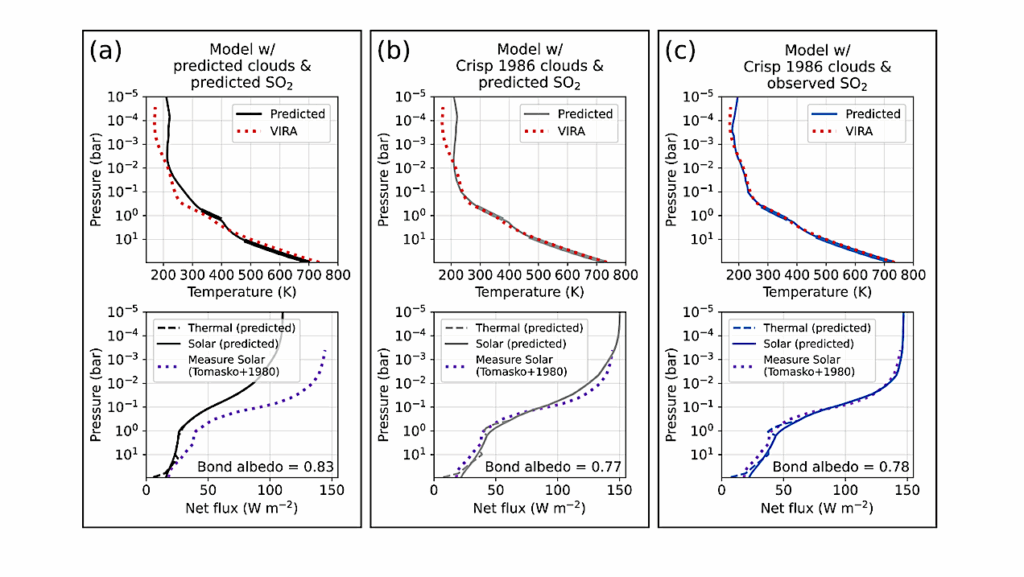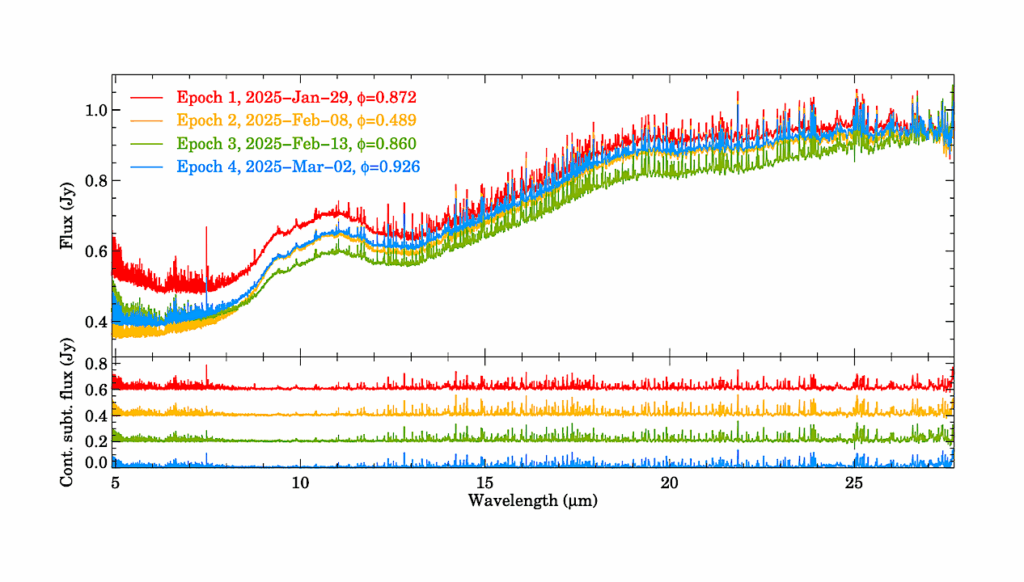Oxygenic Photosynthetic Responses Of Cyanobacteria Exposed Under An M-dwarf Starlight Simulator: Implications For Exoplanet’s Habitability

Introduction: The search for life on distant exoplanets is expected to rely on atmospheric biosignatures detection, such as oxygen of biological origin.
However, it is not demonstrated how much oxygenic photosynthesis, which on Earth depends on visible light, could work under spectral conditions simulating exoplanets orbiting the Habitable Zone of M-dwarf stars, which have low light emission in the visible and high light emission in the far-red/near-infrared.
By utilizing cyanobacteria, the first organisms to evolve oxygenic photosynthesis on our planet, and a starlight simulator capable of accurately reproducing the emission spectrum of an M-dwarf in the range 350-900 nm, we could answer this question. Methods: We performed experiments with the cyanobacterium Chlorogloeopsis fritschii PCC6912, capable of Far-Red Light Photoacclimation (FaRLiP), which allows the strain to harvest far-red in addition to visible light for photosynthesis, and Synechocystis sp. PCC6803, a species unable to perform this photoacclimation, comparing their responses when exposed to three simulated light spectra: M-dwarf, solar and far-red.
We analysed growth and photosynthetic acclimation features in terms of pigment composition and photosystems organization. Finally, we determined the oxygen production of the strains directly exposed to the different spectra. Results: Both cyanobacteria were shown to grow and photosynthesize similarly under M-dwarf and solar light conditions: Synechocystis sp. by utilizing the few photons in the visible, C. fritschii by harvesting both visible and far-red light, activating the FaRLiP response.
Mariano Battistuzzi, Lorenzo Cocola, Riccardo Claudi, Anna Caterina Pozzer, Anna Segalla, Diana Simionato, Tomas Morosinotto, Luca Poletto, Nicoletta La Rocca
Comments: 13 pages and 10 figures
Subjects: Earth and Planetary Astrophysics (astro-ph.EP); Instrumentation and Methods for Astrophysics (astro-ph.IM); Biological Physics (physics.bio-ph)
Cite as: arXiv:2302.09396 [astro-ph.EP] (or arXiv:2302.09396v1 [astro-ph.EP] for this version)
Journal reference: Front. Plant Sci. 14:1070359 (2023)
Related DOI:
https://doi.org/10.3389/fpls.2023.1070359
Focus to learn more
Submission history
From: Riccardo Claudi
[v1] Sat, 18 Feb 2023 18:09:42 UTC (19,226 KB)
https://arxiv.org/abs/2302.09396
Astrobiology








